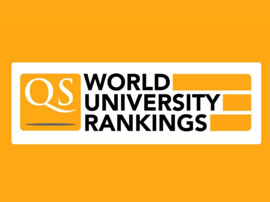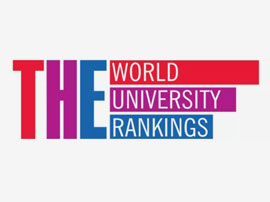理学学士和法学学士-解剖学和组织学
Bachelor of Science and Bachelor of Laws - Anatomy and Histology

学历文凭
Dual Degree

专业院系

开学时间

课程时长

课程学费

国际学生入学条件
IDP—雅思考试联合主办方

雅思考试总分
了解更多
雅思考试指南
- 雅思总分:
- 托福网考总分:
- 托福笔试总分:
- 其他语言考试:
CRICOS代码: 016237C
申请截止日期: 请与IDP顾问联系以获取详细信息。
课程简介
Anatomy and histology is the study of the structure of living things. Your introduction to the area is through the study of cell structure (histology) and the basic tissue of mammalian biology and musculo-skeletal anatomy. In senior year we divide your studies into four disciplines. You will study topographical anatomy (bones, muscles, nerves, arteries, veins); neuroanatomy (anatomy and organisation of the nervous system); histology (microscopic anatomy of cells and tissues) and embryology (development of an embryo from fertilisation to foetus stage). Dissection plays a part.The Bachelor of ScienceBachelor of Laws is an combined undergraduate coursework degree that provides a pathway to legal practice. The degree will provide essential knowledge in the fundamental sciences which then progresses as you specialise in your chosen stream. It hones your analytical skills to think independently and to form and articulate factual and legal analysis based on argument and evidence, and to solve multi-faceted problems.You will study degree core and junior elective units in addition to a major or program from the Science disciplinary pool concurrently with Bachelor of Laws junior core requirements. You will also complete units from the Open Learning Environment, and any elective units as needed to make up the requirements of the course from the disciplinary pool or the shared pool.After meeting the requirements of the Bachelor of Science, you will progress to the Bachelor of Laws, completing a number of senior core and elective units from the Sydney Law School Undergraduate Table, in a specific sequence.The elective units will include at least one jurisprudence elective, and in your final year of the Bachelor of Laws you will have the option to complete advanced coursework and an honours thesis.Anatomy and histology is the study of the structure of living things. Your introduction to the area is through the study of cell structure (histology) and the basic tissue of mammalian biology and musculo-skeletal anatomy. In senior year we divide your studies into four disciplines. You will study topographical anatomy (bones, muscles, nerves, arteries, veins); neuroanatomy (anatomy and organisation of the nervous system); histology (microscopic anatomy of cells and tissues) and embryology (development of an embryo from fertilisation to foetus stage). Dissection plays a part. Science graduates who major in anatomy and histology are employed in universities, the CSIRO, hospitals and pathology laboratories, often specialising in electron microscopy or histochemistry. Recent graduates have also become teachers or are employed in the scientific equipment industry.
相关申请
 预科
预科 奖学金
奖学金 实习机会
实习机会 在校学习
在校学习 跨境学习
跨境学习 校园授课-线上开始
校园授课-线上开始 在线/远程学习
在线/远程学习
学校排名

世界排名60
数据源:泰晤士高等教育世界大学排名
关于悉尼大学

位于澳大利亚首都的悉尼大学是举世闻名的机构,一直名列世界前20名大学之列(2024年QS世界大学排名)。在2022年QS毕业生就业能力排名中,悉尼大学的毕业生也位居澳大利亚第一和世界第四。来自世界各地的学生进行本科和研究生水平的学习。学生可以在澳大利亚最广泛的课程和学科中选择。该大学提供超过400个学习领域供学生选择,大学5门学科位居世界前十名,另外还有28门学科位居世界前50名(2022年QS世界大学学科排名)。通过实习和工作经验以及通过大学海外项目进行国际交换(包含在学位内的可选项目),从而增加了学生的就业机会。学生将在支持和启发的环境中学习和发展,大学会提供给学生大量的服务,这包括学术和专业支持,残疾服务,保密咨询服务,健康服务还有财务援助办公室提供服务。学生还可以参加由悉尼大学学生会(USU)运营的250多个校园俱乐部和社团,从体育运动到文化团体应有尽有。校园内有许多可供学生使用的设施,其中包括带奥林匹克规格温水游泳池的健身室和攀岩中心。此外,还有美术馆、博物馆、咖啡馆、餐厅和酒吧供学生休闲。学生还可以使用南半球最大的学术图书馆。悉尼是世界上最优秀的城市,根据《经济学人》2021年安全城市指数显示,悉尼被评为第四大最安全的居住地,当地的学生体验得以丰富和提升。
本校相关课程

Graduate Certificate in Clinical Dentistry - Advanced Restorative
学历文凭
Graduate Certificate
开学日期
课程费用总额

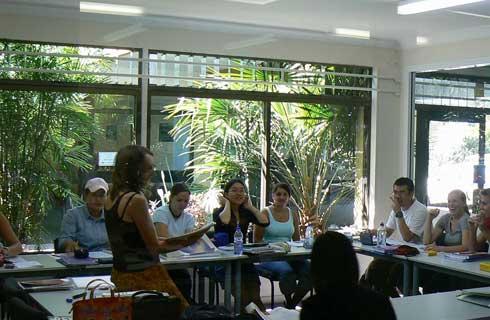
Graduate Diploma in Clinical Dentistry - Advanced Restorative
学历文凭
Graduate Diploma
开学日期
课程费用总额


城市和区域规划研究生文凭
学历文凭
Graduate Diploma
开学日期
课程费用总额


教育硕士
学历文凭
Masters Degree (Coursework)
开学日期
课程费用总额

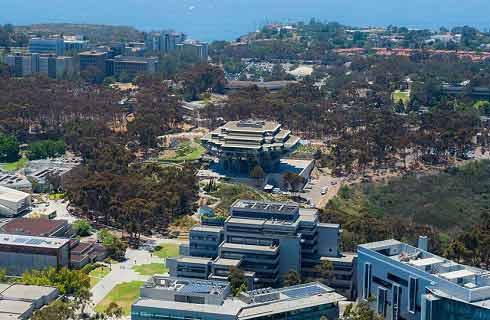
专业工程学硕士(电力)
学历文凭
Masters Degree (Coursework)
开学日期
课程费用总额

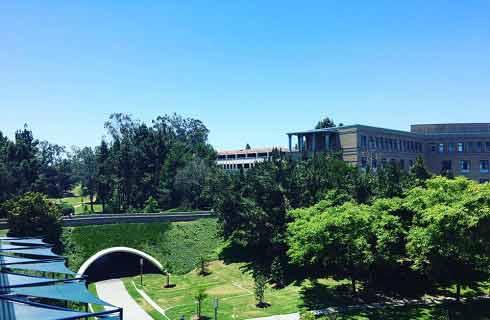
专业工程学硕士(电信)
学历文凭
Masters Degree (Coursework)
开学日期
课程费用总额

其他相关课程
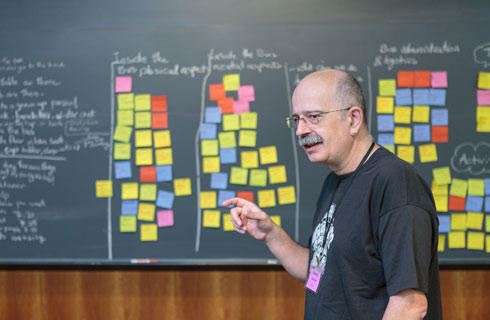
生物医学学士
 皇家墨尔本理工大学
皇家墨尔本理工大学学历文凭
Bachelor Degree
开学日期
课程费用总额


哲学硕士-生物医学和生物化学
 澳大利亚国立大学
澳大利亚国立大学学历文凭
Masters Degree (Research)
开学日期
课程费用总额


生物医学学士
 詹姆斯·库克大学
詹姆斯·库克大学泰晤士高等教育世界大学排名:361
学历文凭
Bachelor Degree
开学日期
课程费用总额


理学学士(海洋生物学)
 弗林德斯大学
弗林德斯大学泰晤士高等教育世界大学排名:307
学历文凭
Bachelor Degree
开学日期
课程费用总额


理学学士-海洋生物学(荣誉学位)
 弗林德斯大学
弗林德斯大学泰晤士高等教育世界大学排名:307
学历文凭
Bachelor Degree with Honours
开学日期
课程费用总额

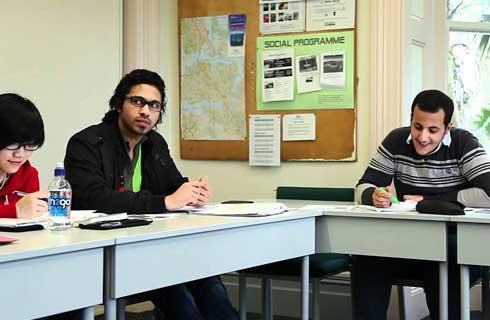
城市与环境规划学士/海洋生物学理学学士
 格里菲斯大学
格里菲斯大学泰晤士高等教育世界大学排名:258
学历文凭
Dual Degree
开学日期
02 March 2026
课程费用总额
AUD 167,500








